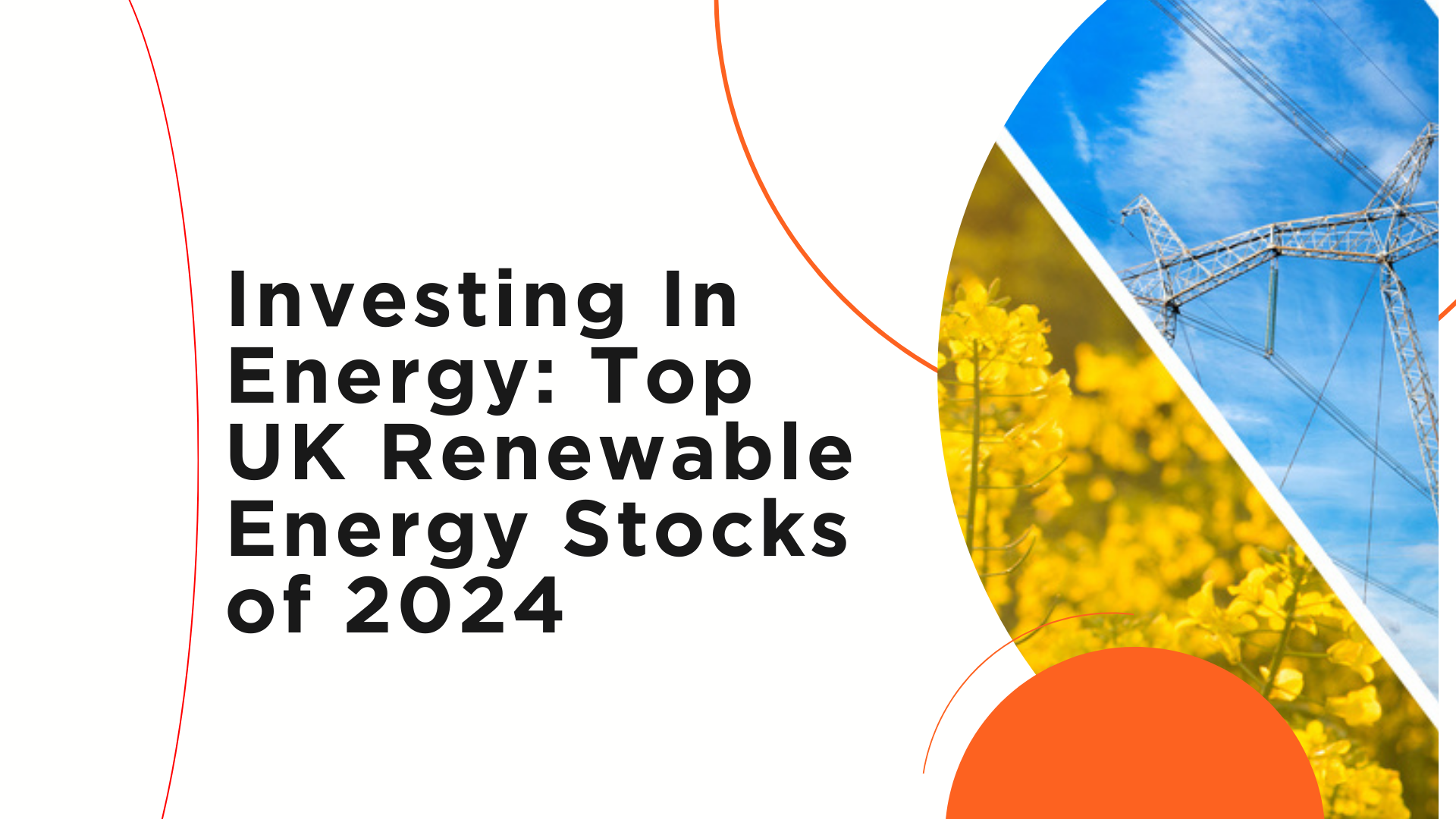What Is an Energy ETF?
An Energy Exchange-Traded Fund (ETF) is an investment fund that holds a collection of assets related to the energy sector.
These assets can include stocks from energy companies, bonds from the sector, or commodities such as crude oil and natural gas. Energy ETFs offer investors a way to gain diversified exposure to the energy market without the need to buy individual stocks. By investing in an ETF, investors can track the performance of a particular sector or index associated with energy, allowing for easier diversification compared to direct stock investments.
Energy ETFs are typically designed to imitate the performance of an underlying index, such as the S&P Energy Select Sector Index or any other benchmark that relates specifically to energy supplies or services. Investors can access these funds through various platforms, making it easier to buy and sell shares as needed.
One of the defining features of Energy ETFs is their ability to provide access to both traditional energy sources like oil, coal, and gas, and alternative or renewable energy sources such as solar, wind, and hydroelectric power. This flexibility enables investors to tailor their portfolios according to their investment goals and views on future energy trends.
Understanding Energy ETFs
Types of Energy ETFs
-
- Broad Energy ETFs: These funds invest in a wide range of companies operating in various segments of the energy sector. They provide diversified exposure across different categories such as oil, gas, and renewables. Examples include the Vanguard Energy ETF (VDE) and the Energy Select Sector SPDR Fund (XLE).
-
- Sector-Specific ETFs: Some ETFs focus on a specific part of the energy sector. These can include funds that concentrate solely on renewable energy companies or those that target oil and gas exploration firms. A notable example is the iShares Global Clean Energy ETF (ICLN), which invests exclusively in companies in the clean energy sector.
-
- Commodity-Based ETFs: These funds invest directly in physical commodities or futures contracts for energy products, such as oil or natural gas. These ETFs aim to provide investors with a return that correlates directly with the performance of the specified commodity. An example includes the United States Oil Fund (USO), which aims to track the price of West Texas Intermediate (WTI) crude oil.
-
- Leveraged ETFs: Leveraged energy ETFs seek to amplify returns by using financial derivatives. These funds aim to provide a return that is a multiple of the performance of the underlying index. For example, certain ETFs may aim for 2x or 3x the performance of energy sector indexes. However, due to the inherent risks, leveraged ETFs can be quite volatile and are generally recommended for experienced investors.
Benefits of Energy ETFs
Investing in energy ETFs comes with several advantages:
-
- Diversification: By investing in a single ETF, investors can gain exposure to a basket of energy stocks or assets. This reduces the risk associated with investing in individual companies by spreading exposure across several entities.
-
- Liquidity: As publicly traded securities, Energy ETFs can be bought and sold on stock exchanges like any common stock. This provides investors with the flexibility to enter or exit positions easily, even in volatile markets.
-
- Cost-Effectiveness: Energy ETFs generally have lower expense ratios compared to mutual funds, making them a more affordable investment option over time. Additionally, many brokers now offer commission-free trading for ETFs.
-
- Transparency: Most ETFs publish their holdings daily, allowing investors to see exactly what they own and the performance metrics of each asset in the fund.
-
- Tax Efficiency: ETFs typically incur fewer capital gains taxes than mutual funds due to their unique structure. This can offer significant tax advantages for investors over the long term.
How to Invest in Energy ETFs
Investing in Energy ETFs requires a systematic approach. Below are the key steps to follow:
Step 1: Research
Before committing to an energy ETF, it is vital to perform thorough research. Analyze the fund’s objective, determine its historical performance, and review its expense ratio and underlying holdings. The following factors should influence your research:
-
- Investment Strategy: Understand whether the ETF focuses on growth, income, or a balanced approach. Some funds might prioritise sustainable energy, while others might focus on traditional energy sources.
-
- Performance History: Look at the track record of the ETF, including how it performed during different market conditions. Past performance may give insight into how well the fund may perform in the future.
-
- Expense Ratios: Compare the fees associated with different ETFs. Lower expense ratios generally improve overall returns.
Step 2: Choose a Brokerage Account
To buy Energy ETFs, you will need a brokerage account. Here are a few considerations when selecting a brokerage:
-
- User-Friendly Platform: Look for a brokerage that offers an intuitive platform for trading.
-
- Low Fees: Compare trading fees, commissions, and account maintenance costs to ensure you are not paying unnecessary charges.
-
- Access to ETFs: Ensure the brokerage provides access to a broad range of Energy ETFs so you can choose investments that suit your strategy.
Step 3: Place an Order
Once you have identified the right ETF and set up your brokerage account, you can place an order. There are several types of orders you can choose from:
-
- Market Order: This order buys the ETF at the current market price, ensuring an immediate purchase.
-
- Limit Order: A limit order specifies the maximum price you are willing to pay. The purchase will occur only if the ETF reaches your desired price.
Step 4: Monitor Your Investment
After investing, it is essential to continually monitor your ETF and the wider energy market. Here’s what to keep an eye on:
-
- Performance: Regularly check the price of the ETF and its performance relative to underlying benchmarks.
-
- Sector News: Stay informed about developments in the energy sector, including changes in government policies, regulations, and significant events that could influence stock prices.
-
- Portfolio Rebalancing: Assess whether your investment allocation aligns with your goals. Periodic rebalancing may be necessary to maintain your desired exposure to the energy sector.
What are the tax implications of investing in energy ETFs?
Investing in energy ETFs can lead to various tax implications; for instance, selling shares at a profit may trigger capital gains taxes. Additionally, income distributions from the ETF may be taxed as ordinary income, particularly if the fund includes assets generating interest or dividend income.
Can energy ETFs provide regular income?
Many energy ETFs distribute dividends, especially those that invest in established companies within the sector. However, not all energy ETFs pay dividends; thus, it’s crucial to review the fund’s history and yield if generating income is part of your investment strategy.
How do I select the right energy ETF for my portfolio?
Choosing the appropriate energy ETF requires assessing your investment objectives, risk tolerance, and beliefs about the future of the energy market. Consider focusing on traditional versus renewable energy funds, examining their expense ratios, performance, and diversification, as well as examining the fund’s size and provider reputation.
Are energy ETFs suitable for long-term investing?
Energy ETFs can complement a long-term investment strategy, particularly if you have faith in the sector’s growth potential. However, due to significant volatility within the energy market, it is crucial to regularly review and rebalance your portfolio to ensure it aligns with your goals. So, it is important to keep these factors in mind when evaluating energy ETFs for long-term investing. Furthermore, investors should also diversify their portfolios across different sectors and asset classes for a well-rounded long-term investment approach.
Conclusion
In conclusion, investing in energy ETFs can offer several benefits and provide an opportunity to gain exposure to the energy sector without taking on significant risk or committing large sums of money. By following a systematic approach and staying informed about market developments, investors can make informed decisions when selecting and managing their energy ETF investments. As with any investment, it’s essential to do your research and consult a financial advisor before making any decisions. So, it is crucial to stay informed about the market and regularly review your investment strategy for long-term success in energy ETF investing.
Overall, Energy ETFs offer investors an efficient way to gain exposure to the energy sector while diversifying their portfolios. By performing thorough research, choosing the right brokerage account, placing strategic orders and monitoring investments regularly, investors can successfully navigate the world of energy ETFs and potentially achieve their investment goals. With careful consideration and a long-term outlook, investing in energy ETFs can be a valuable addition to any portfolio.
Resources:
-
- “The Beginner’s Guide to Investing in Energy Stocks,” by Motley Fool Staff (https://www.fool.com/investing/how-to-invest/stocks/energy-stocks/)
-
- “Top 10 Energy ETFs for August 2021,” by Jessica Walrack (https://www.investopedia.com/top-energy-etfs-4798014)
-
- “The Role of ETFs in a Diversified Portfolio,” by Investopedia Staff (https://www.investopedia.com/articles/exchangetradedfunds/09/the-role-of-etfs.asp)
-
- “How to Choose an ETF: Tips on Picking the Best ETFs For Your Portfolio,” by John Csiszar (https://smartasset.com/investing/how-to-choose-an-etf)
-
- “An Investor’s Guide to Choosing the Right ETF,” by Investopedia Staff (https://www.investopedia.com/articles/etfs/042716/investors-guide-choosing-right-etf.asp)





